Ten years ago, we couldn't have imagined how tools like machine learning, eDNA, and satellites would advance and transform conservation work. Now technology is advancing faster than ever, and as tools become smaller, lighter, and more affordable, it's vital to have a space where community members can discuss the next big thing, share ideas, compare tool options, and tell the story of their experiences - positive, negative, and anything in between - while using new technologies.
In 2021, the WILDLABS State of Conservation Tech report detailed what tools show the most promise according to community members, as well as what tools are currently seen as the most effective. And as new tools enter the field, we're excited to see how this data will change over time, and how this group grows over time as well.
Our State of Conservation Tech research also discusses something called the "Hype Cycle" - the pattern that occurs when a new technology bursts onto the scene, promises to be an exciting solution, encounters challenges as new users adopt the tool and put it into practice beyond just theory, and eventually settles into its most effective state as users acquire the right skills to use it to its actual potential. Machine learning, one of the most promising technologies, is currently in the middle of its own hype cycle, and we see community members working through their own hurdles to incorporate ML into their work effectively. Despite what you may think, this Hype Cycle can also be positive for tech development, as it means that users have big ideas for new tools, and with the right resources and skills, they can work toward bringing those ideas to life. And as our community members experiences the Hype Cycle for various tools at their own paces, we hope this group will also serve as a place to discuss that process and overcome hurdles together.
Ready to discover new possibilities? Join our Emerging Tech group now and get to know your forward-thinking conservation tech peers!
Header photo: Internet of Elephants
- @Helga_Kuechly
- | she/her
World Wide Fund for Nature/ World Wildlife Fund (WWF)
I am a Geo-ecologist, who loves to use GIS, remote sensing, citizen science and knowledge transfer to shape for a better future for nature - We are part of nature, so let's act like it!
- 2 Resources
- 1 Discussions
- 8 Groups
Director of Icoteq Ltd, an electronics and software design consultancy developing wireless products and solutions to organisations working in the conservation, wildlife monitoring and anti-poaching sectors. Developers of the TagRanger® novel wildlife tracking products.



- 1 Resources
- 14 Discussions
- 7 Groups
- @Harsha
- | He/Him
I am a marine biologist / acoustic ecologist from Australia. Fascinated by bioacoustics, I always look forward to learning from people in conservation!
- 0 Resources
- 0 Discussions
- 11 Groups
- @Adwait
- | He
Postdoc at Max Planck Institute of Animal Behaviour
- 0 Resources
- 0 Discussions
- 4 Groups
- 0 Resources
- 3 Discussions
- 8 Groups
- 0 Resources
- 0 Discussions
- 5 Groups
- @nabilla.nuril
- | She/Her
University College London (UCL)
- 0 Resources
- 0 Discussions
- 11 Groups
Product management professional w/ 12+ years in software dev.
- 0 Resources
- 0 Discussions
- 3 Groups
- @cpignata
- | He/Him
Duke University
https://bluefern.consulting/carlos
- 0 Resources
- 0 Discussions
- 3 Groups
- @IvanIoSA
- | He/Him
CTO of IoSA, the Internet of Small Animals. Creator of ProxLogs

- 0 Resources
- 5 Discussions
- 7 Groups
St. Lawrence University
Professor of Biology at St. Lawrence University
- 0 Resources
- 2 Discussions
- 13 Groups
- @PrasadDWilagama
- | He/Him
Data Scientist | Full Stack Developer | AI ML Engineer | Lifelong Learner | Researcher | AI & MI |
- 0 Resources
- 0 Discussions
- 5 Groups
Conservation International is proud to announce the launch of the Nature Tech for Biodiversity Sector Map, developed in partnership with the Nature Tech Collective!
1 April 2025
The FLIR ONE thermal camera is a compact and portable thermal imaging device capable of detecting heat signatures in diverse environments. This report explores its application in locating wild animals across large areas...
27 March 2025
We are hiring for a customer support / marketing specialist.
20 February 2025
Osa Conservation is launching our inaugural cohort of the ‘Susan Wojcicki Research Fellowship’ for 2025, worth up to $15,000 per awardee (award value dependent on project length and number of awards given each year)....
10 February 2025
Lake Nakuru National Park is one of the first rhino sanctuaries in Kenya where Artificial-Intelligence enabled Forward Looking Infrared (FLIR) camera systems were installed to help curb the escalating poaching of black...
8 February 2025
Are you interested in developing new 3D motion capture techniques to for measuring super fast wildlife like cheetahs? Are you interested in working with fusing exciting technologies such as event cameras, audio and...
3 February 2025
Key Conservation is seeking an experienced Software Developer to join our team.
28 January 2025
Conservationists use tools like drones, satellites, and camera traps to monitor ecosystems and scale their impact. But new challenges like transparency, funding gaps, and engagement remain. Web 3.0 technologies offer...
28 January 2025
Link
Professor Ed Mitchard, to discuss the role of remote sensing in forest conservation to monitor land-use change, estimate a forest carbon stock, detect forest fires, and report upon other key forest indicators.
1 November 2024
In this episode join Gilad Goren, as we discuss the state of nature tech around the world ranging from nature fintech to artificial intelligence and remote sensing. We also discuss the role of NatureTech in...
1 November 2024
The Marine Innovation Lab for Leading-edge Oceanography develops hardware and software to expand the ocean observing network and for the sustainable management of natural resources. For Fall 2025, we are actively...
6 October 2024
June 2025
event
event
July 2025
September 2024
event
| Description | Activity | Replies | Groups | Updated |
|---|---|---|---|---|
| The European project Nature FIRST is hosting its final conference at Ouwehands Dierenpark in the Netherlands on 25–26 June 2025,... |
|
Community Base, Conservation Tech Training and Education, Data management and processing tools, Earth Observation 101 Community, Emerging Tech, Human-Wildlife Conflict, Protected Area Management Tools, Wildlife Crime | 5 hours 48 minutes ago | |
| Hi Nick,At Wildlife.ai, from the other side of the world, we would be happy to chat with you. PM if interested Victor |
|
AI for Conservation, Emerging Tech | 1 day 21 hours ago | |
| My name is Frank Short and I am a PhD Candidate at Boston University in Biological Anthropology. I am currently doing fieldwork in Indonesia using machine-learning powered passive... |
|
Acoustics, AI for Conservation, Animal Movement, Data management and processing tools, Early Career, Emerging Tech, Ethics of Conservation Tech, Protected Area Management Tools, Software Development | 2 weeks ago | |
| True, the US ecosystem is a challenging space right now, for basically all sectors. We should not let the US chaos prevent us from engaging with opportunities in other... |
|
AI for Conservation, Camera Traps, Connectivity, Drones, Emerging Tech, Ethics of Conservation Tech, Marine Conservation, Sensors | 1 month ago | |
| 15 years ago I had to rebuild the dams on a game reserve I was managing due to flood damage and neglect. How I wished there was an easier,... |
|
Drones, Conservation Tech Training and Education, Data management and processing tools, Emerging Tech, Geospatial, Open Source Solutions | 1 month 1 week ago | |
| Hi, we've gotten more than 20 replies until now so thank you if you took the time to answer.And we would really appreciate if you could spare a few minutes to answer if you haven'... |
|
Emerging Tech, Animal Movement, Build Your Own Data Logger Community | 1 month 1 week ago | |
| Reposting the original post from the GOSH Community:Cool news from the mothbox team! We still don’t have any funding, but our next big goal... |
|
Open Source Solutions, Emerging Tech, Funding and Finance | 1 month 2 weeks ago | |
| Hi Ryan, hmm, I had no idea there was a microphone named that. I thought about how it’s used to lure birds for netting, and I like Greek Mythology. I thought it was a perfect fit... |
|
Acoustics, Emerging Tech, Funding and Finance, Protected Area Management Tools, Software Development | 1 month 2 weeks ago | |
| Yep see you on friday |
+3
|
Geospatial, Acoustics, AI for Conservation, Camera Traps, Citizen Science, Community Base, Data management and processing tools, Emerging Tech, Open Source Solutions, Protected Area Management Tools | 1 month 3 weeks ago | |
| All sound, would be nice if there were only 5, though! |
|
AI for Conservation, Citizen Science, Data management and processing tools, Emerging Tech, Ethics of Conservation Tech, Funding and Finance, Geospatial, Open Source Solutions, Software Development | 1 month 4 weeks ago | |
| Hi, Thank you for your message I think there's some kind of application for this app not by itself by complementing technologies like NABIT, mentioned in an earlier comment.... |
|
Emerging Tech, Community Base | 1 month 4 weeks ago | |
| Hi Nikita, If you haven't already, I'd recommend reaching out to the folks at the Cornell Ornithology lab. They're really glued into all things bird. In particular, I... |
|
Animal Movement, Drones, Emerging Tech, Human-Wildlife Conflict | 2 months ago |
Conservation Technology Intern (Vietnam)
 Stephanie O'Donnell
and 1 more
Stephanie O'Donnell
and 1 more
19 October 2022 9:22am
Rainforest SigFox available for use
26 August 2022 6:09pm
10 October 2022 8:33am
Hi Rolland,
Interested too, but why did you choose SigFox (a private network) rather than LoRa (open network)?
Sigfox currently has some financial troubles that, don't know what it will become in the long term.
18 October 2022 11:55am
Hi Everyone,
We chose sigfox becuase it seems to have better range and is plug-play, whereas LoRa requires more custom programming and updating. Getting a gateway cost us $2000 for a year's lease + deposit. We covered solar power. There are also some 'minigateways' you can purchase but I don't know how they compare in range (plan to test). So far we are happy with the performance, in that it has worked consistency with no outages (once we stabilized the power supply). I think the annual costs are about $10 per tag. We are working on a paper that will describe this in more detail. So far just using for tracking tags but also looking at a trap sensor.
cheers
Roland
Using NFTs for Charity
10 October 2022 3:09pm
Connecting the Dots: A discussion on Private and Public Partnership and driving impact for our world
10 October 2022 12:32pm
What's on your technology wish list?
30 August 2022 5:34pm
8 September 2022 6:01am
Forever sensors are certainly possible. So many concepts out there. Just need a few to make it to market. Between conventional/quantum chips dramatically reducing in power consumption and novel power options. Rovers are already powered with radioactive materials. Perhaps something like diamond batteries could make that safe for human use. I've also read a paper on using glucose to power devices. Could maybe just tap a tree and add a sensor. There's always a way. Humans are so clever.
23 September 2022 9:10pm
Hello Isobel,
This is still on-going (developing open-source tag tech)
8 October 2022 1:07am
I'd be ecstatic if a nest box or natural tree hollow (or burrow) monitoring device could be developed. Infrared images/video and sound recording, either triggered by motion detection or time schedule. File download/transfer without having to physically access the device and connection via standalone Wi-Fi or Bluetooth well away from any networks. I want to monitor inside nest boxes and have been trying domestic security cameras, but these usually require a wifi network to connect and can be too large for inside nest boxes. I have recently purchased a different model to test, but It's still not ideal (the camera is JUST small enough for a nest box)
Roddenberry Foundation’s Catalyst Fund
4 October 2022 11:13am
New paper: Battery-free wireless imaging of underwater environments
29 September 2022 3:22pm
Conservation Tech Directory - new update!
29 August 2022 2:38pm
23 September 2022 5:26pm
Congrats on the milestone Carly and Gracie!
26 September 2022 10:07pm
Thanks so much!!
The planet matters. People matter. Location matters.
23 September 2022 12:16pm
Movement Ecology Field Team and Data Coordinator: Osa Conservation [Open until filled)
22 September 2022 11:55pm
Workshop: Building UK Partnerships for Conservation Technology
22 September 2022 3:02pm
WIA After Hours: Episode #5 - AI for Wildlife Conservation and Imageomics with Dr. Tanya Berger-Wolf
21 September 2022 6:53pm
HeroX Challenge: Better Call Trawl
21 September 2022 6:50pm
U.S. Fish and Wildlife Service Announces Theodore Roosevelt Genius Prize Winners
21 September 2022 6:30pm
Amazon Sustainability call for proposals — Fall 2022
20 September 2022 11:37am
Collecting Critically Endangered Plants on Cliffs using a Drone
16 September 2022 7:49pm
Data Beyond Borders Symposium
15 September 2022 12:35pm
Senior Innovation Officer, EPA
14 September 2022 1:23pm
Crypto funding for ecosystem and conservation science
8 September 2022 1:48pm
Virtual fencing / Kinetic energy harvesting / Holistic grazing
16 June 2022 7:12am
26 July 2022 11:13am
Hi,
One daily fix is planned for now. This will be challenging enough for KEH :)
Kr, D-
31 July 2022 5:15pm
I see, thanks!
One daily fix is quite limiting.
Do you have an idea how KEH might affect accelerometry?
Cheers,
2 September 2022 11:05am
I don't think KEH would influence accelerometry at all.
One other way to think about it is - the KEH is a movement sensor itself.
The GPS is quite a severe factor in the energy balance of the system, so if the data is perhaps not transmitted constantly, more frequent locks could be achieved. I believe GPS transceivers are becoming more and more efficient and the KEH enabled GPS should become an option soon.
Kr,
D-
Mara Predators Hackathon
30 August 2022 1:28pm
Conservation Technology Research Internship
26 August 2022 4:58pm
Online Hackathon: Predators conservation in the Maasai Mara
22 August 2022 10:32am
Ceres Wild Rhino application
22 August 2022 1:29am
29 September 2022 4:05am
Lead Software Engineer for ARISE
19 August 2022 8:22am
Post Doctoral researcher - DNA species detection technology
15 August 2022 4:50pm
Lead Software Engineer, Wildlife Insights
10 August 2022 11:06pm
Technology may solve climate change problems, but it’s also causing them | VentureBeat
8 August 2022 11:26am
Survey: The role and applicability of block-chain technology in conservation survey
3 August 2022 3:28pm
Any results coming out of this survey that you would like to share?
Research Associate
29 July 2022 9:34pm










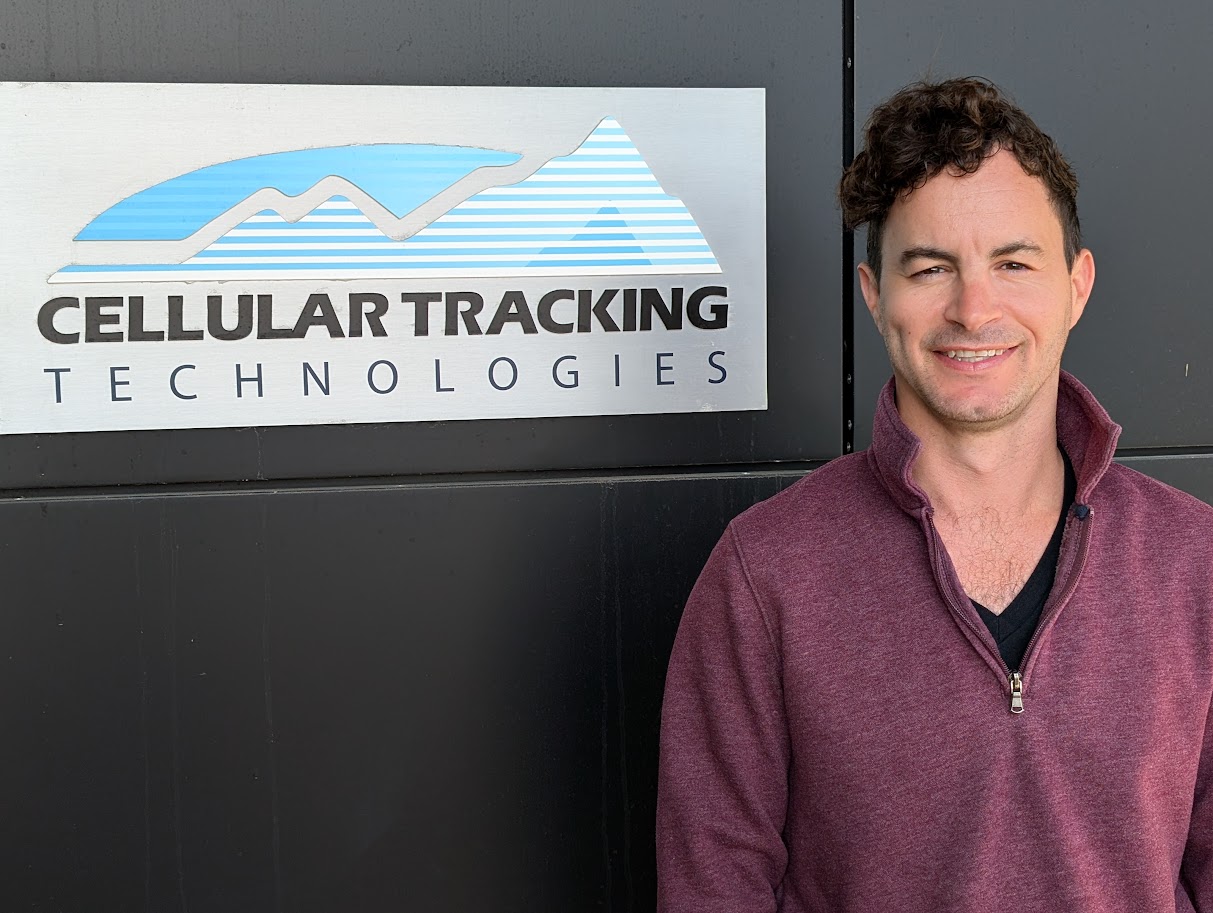
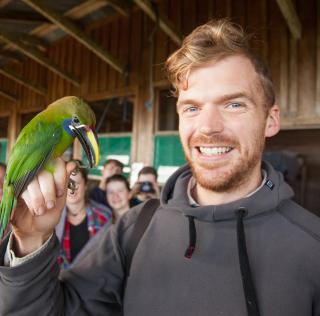


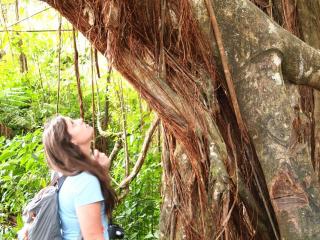











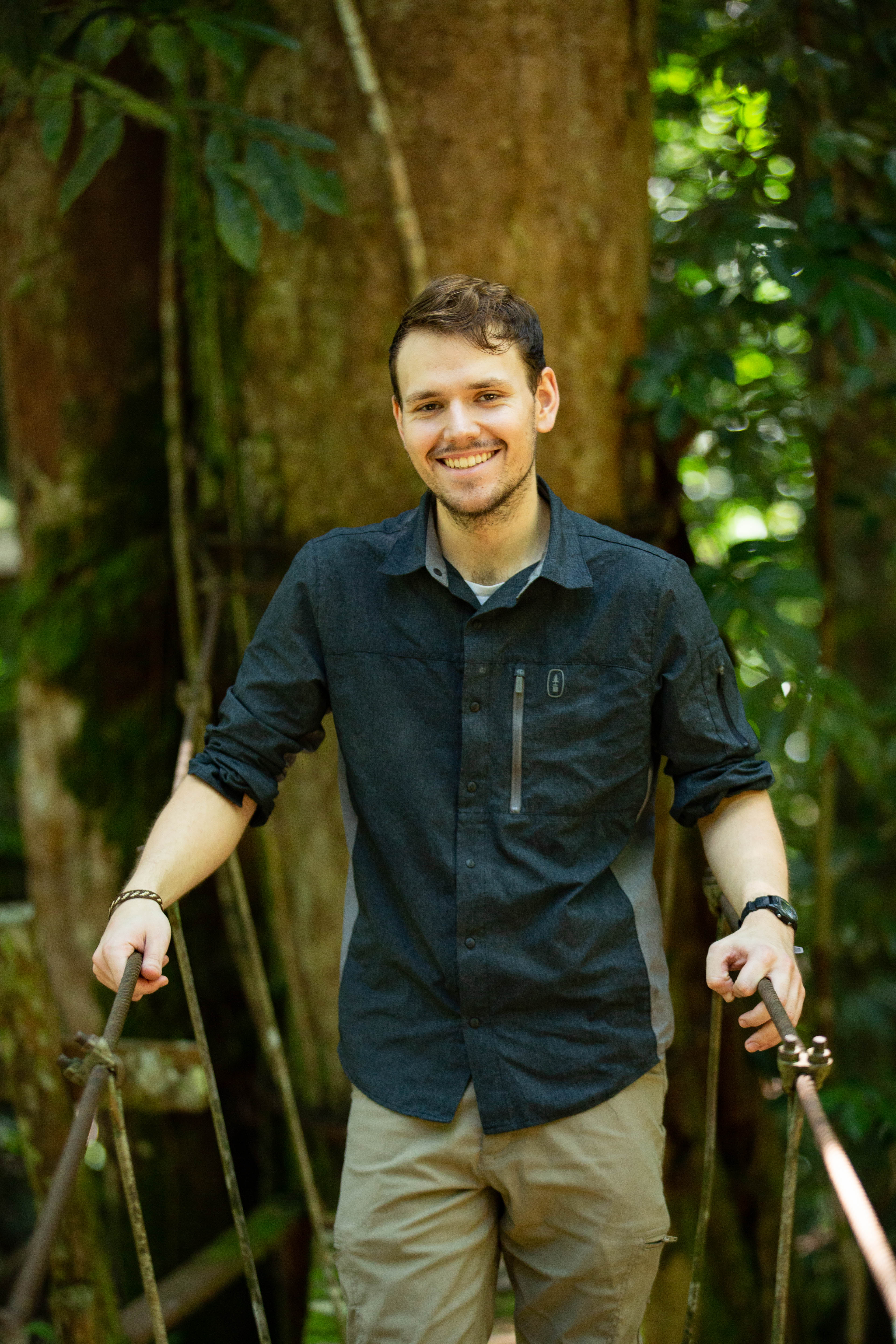







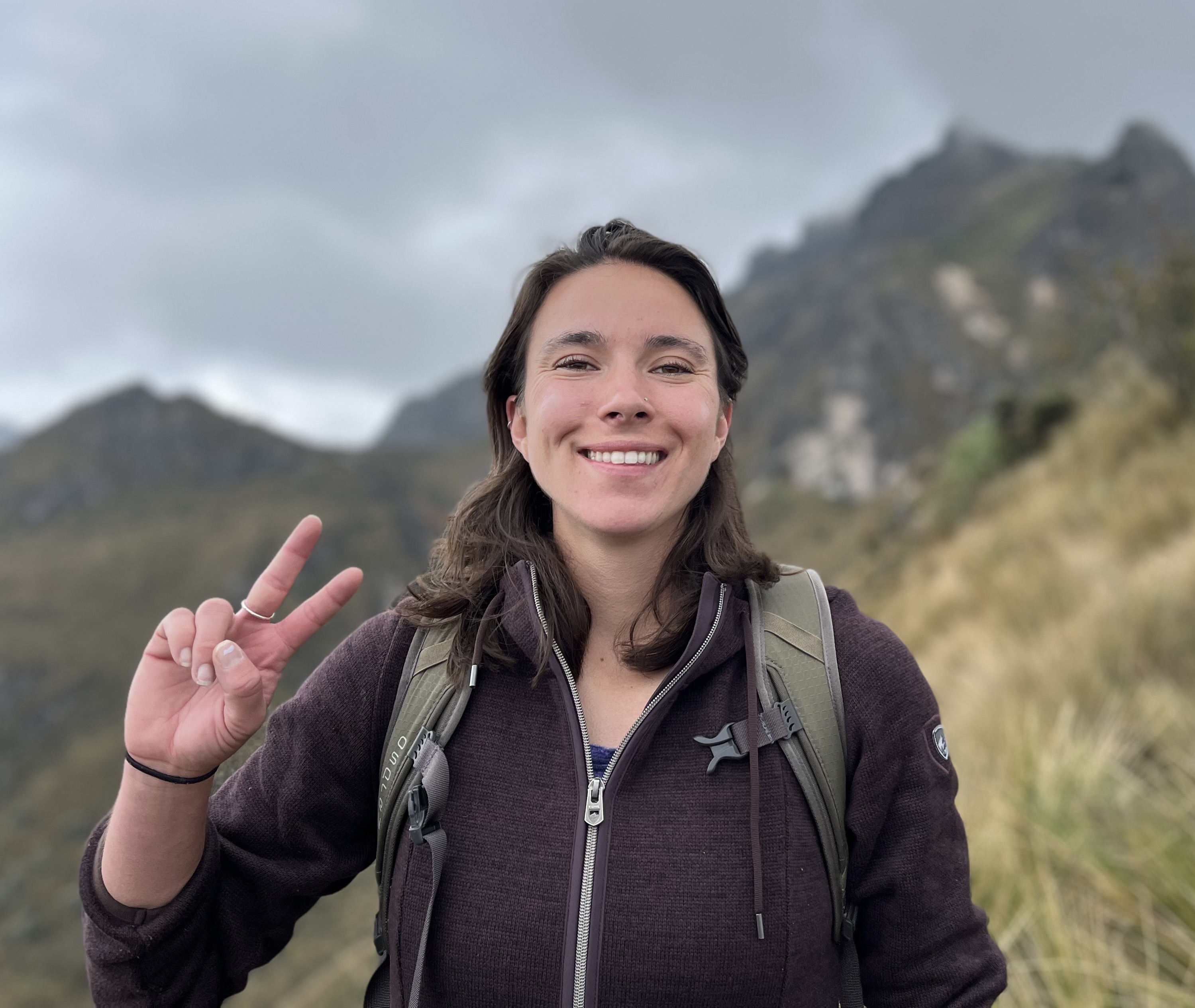











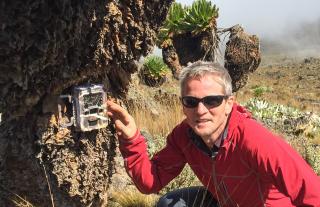
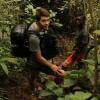
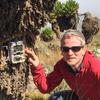


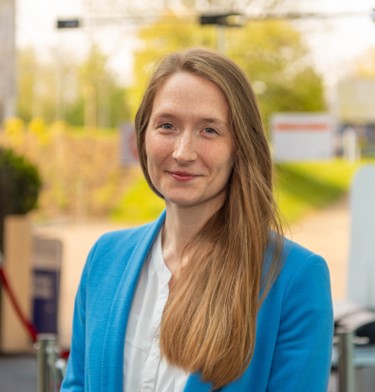











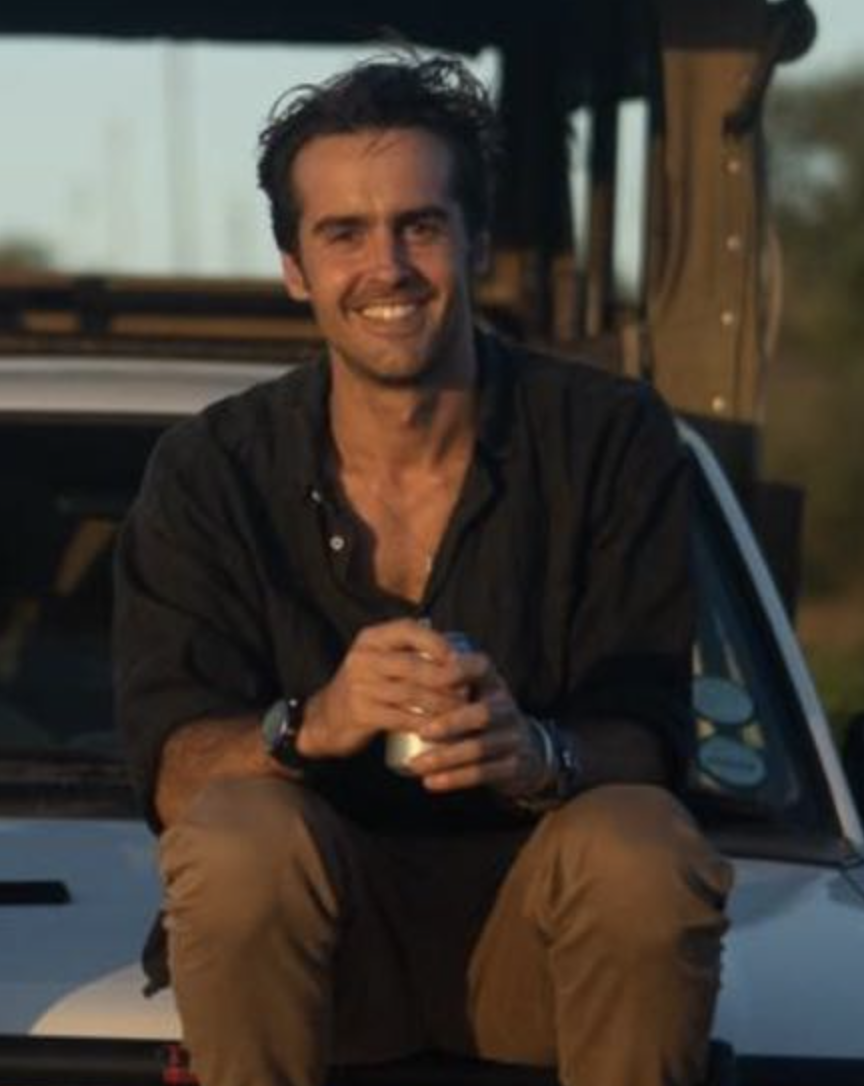
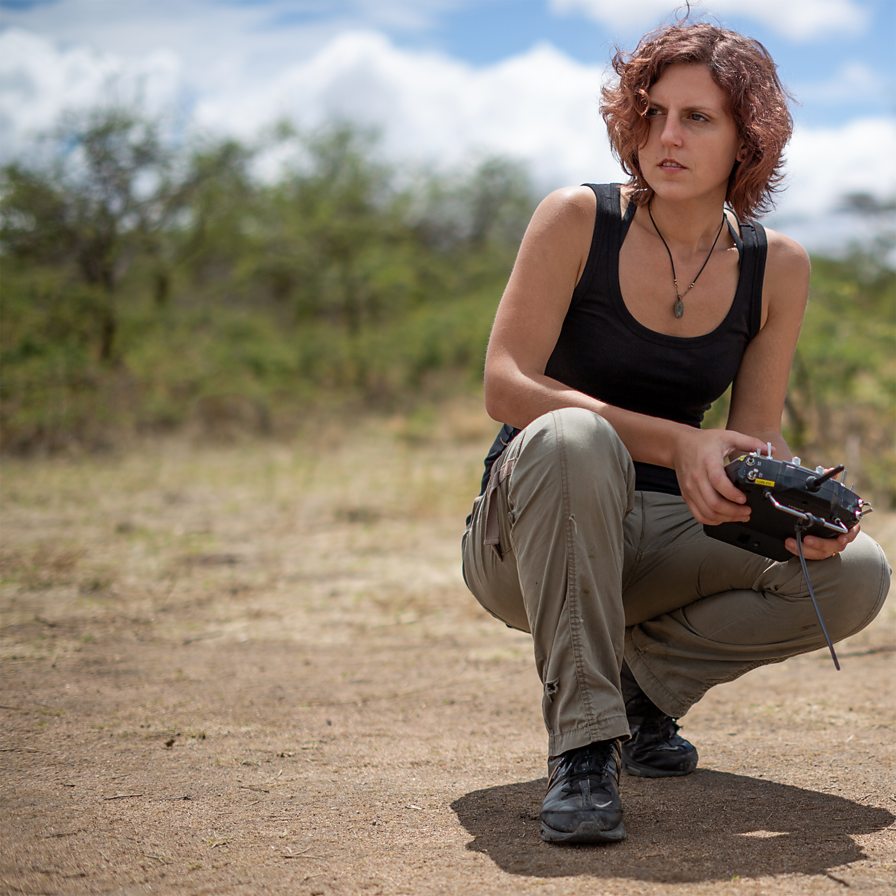




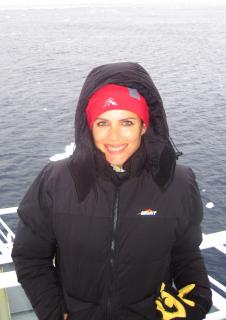




26 September 2022 10:20pm
Hi Roland,
This is really amazing, great to hear about your set-up! I'm just wondering what the overall cost was to set up this system? Just thinking in terms of setting up something similar in other parks and what they should expect with regard to price. Would also be great to hear about the overall effort, e.g., hours/team members required. It would be great to have this act as a blueprint for other organizations/research stations wishing to deploy a similar system within their respective national parks/areas/etc.!